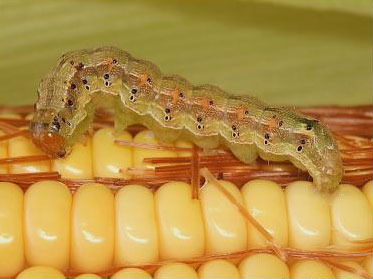 Crucial assumptions underlying multi-toxin crops don't always apply, a University of Arizona study shows. The results help explain why one major pest is evolving resistance faster than predicted and offer ideas for more sustainable pest control.
Crucial assumptions underlying multi-toxin crops don't always apply, a University of Arizona study shows. The results help explain why one major pest is evolving resistance faster than predicted and offer ideas for more sustainable pest control.
Mar 30th, 2013
Read more
Explosive growth in the field of tissue engineering and regenerative medicine has led to innovative and promising applications and techniques, many of which are now being tested in human clinical trials.
Mar 30th, 2013
Read more
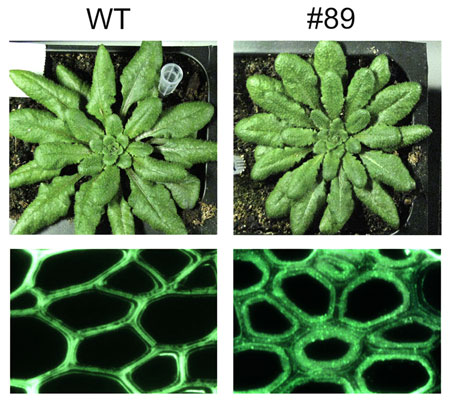 Genetically engineered Arabidopsis plants yielded as much biomass as wild types (WT) but with enhanced polysaccharide deposition in the fibers of their cell walls.
Genetically engineered Arabidopsis plants yielded as much biomass as wild types (WT) but with enhanced polysaccharide deposition in the fibers of their cell walls.
Mar 29th, 2013
Read more
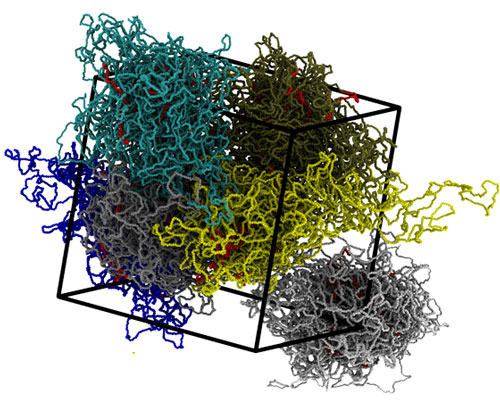 A chromosome is rarely found in the shape we are used to seeing in biology books, that is to say the typical double rod shape. It is usually 'diluted' in the nucleus and creates a bundle that under the microscope appears as a messy tangle. A research coordinated by the scientists at SISSA of Trieste has now developed and studied a numeric model of the chromosome that supports the experimental data and provides a hypothesis on the bundle's function.
A chromosome is rarely found in the shape we are used to seeing in biology books, that is to say the typical double rod shape. It is usually 'diluted' in the nucleus and creates a bundle that under the microscope appears as a messy tangle. A research coordinated by the scientists at SISSA of Trieste has now developed and studied a numeric model of the chromosome that supports the experimental data and provides a hypothesis on the bundle's function.
Mar 29th, 2013
Read more
MIT alumni's startup provides rapid, cost-effective microRNA profiling, which is beneficial for diagnosing diseases.
Mar 29th, 2013
Read more
A team of Stanford University bioengineers has taken computing beyond mechanics and electronics into the living realm of biology. They detail a biological transistor made from genetic material - DNA and RNA - in place of gears or electrons. The team calls its biological transistor the 'transcriptor'.
Mar 28th, 2013
Read more
Like tiny, crawling compass needles, whole living cells and cell fragments orient and move in response to electric fields - but in opposite directions, scientists at the University of California, Davis, have found. Their results could ultimately lead to new ways to heal wounds and deliver stem cell therapies.
Mar 28th, 2013
Read more
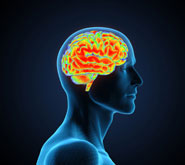 Common fruit fly key to discovery as to how memories are written into brain cells.
Common fruit fly key to discovery as to how memories are written into brain cells.
Mar 28th, 2013
Read more
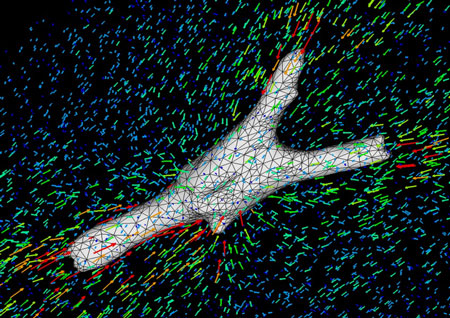 A team of researchers from the University of Pennsylvania has generated new insight on how a stem cell's environment influences what type of cell a stem cell will become. They have shown that whether human mesenchymal stem cells turn into fat or bone cells depends partially on how well they can "grip" the material they are growing in.
A team of researchers from the University of Pennsylvania has generated new insight on how a stem cell's environment influences what type of cell a stem cell will become. They have shown that whether human mesenchymal stem cells turn into fat or bone cells depends partially on how well they can "grip" the material they are growing in.
Mar 28th, 2013
Read more
Some people may joke about living on caffeine, but scientists now have genetically engineered E. coli bacteria to do that - literally. They describe bacteria being 'addicted' to caffeine in a way that promises practical uses ranging from decontamination of wastewater to bioproduction of medications for asthma.
Mar 27th, 2013
Read more
Scientists at Mainz University develop a novel screening procedure for accurately determining the amount of animal, plant, and microbial substances in foods.
Mar 27th, 2013
Read more
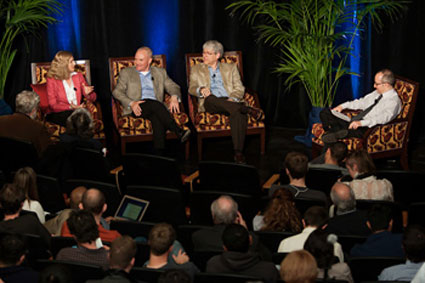 Thirty years ago, the future lay in programming computers. Today, it's programming cells.
Thirty years ago, the future lay in programming computers. Today, it's programming cells.
Mar 27th, 2013
Read more
Researchers with the joint program between IRB Barcelona and the Barcelona Supercomputing Center (BSC) have devised a new strategy to study the shape of proteins.
Mar 27th, 2013
Read more
New research explains how certain traits can pass down from one generation to the next - at least in plants - without following the accepted rules of genetics.
Mar 26th, 2013
Read more
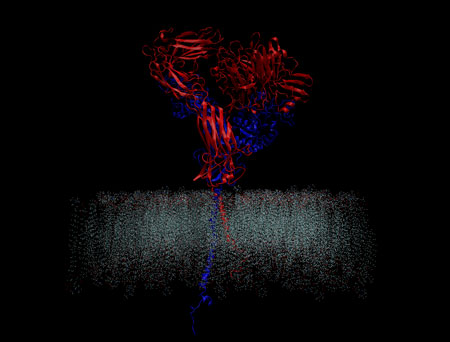 Berkeley Lab scientists have developed a computer model of a protein that helps cells interact with their surroundings. Like its biological counterpart, the virtual integrin snippet is about twenty nanometers long. It also responds to changes in energy and other stimuli just as integrins do in real life. The result is a new way to explore how the protein connects a cell's inner and outer environments.
Berkeley Lab scientists have developed a computer model of a protein that helps cells interact with their surroundings. Like its biological counterpart, the virtual integrin snippet is about twenty nanometers long. It also responds to changes in energy and other stimuli just as integrins do in real life. The result is a new way to explore how the protein connects a cell's inner and outer environments.
Mar 24th, 2013
Read more
Rapidly growing trees like poplars and willows are candidate "biofuel crops" from which it is expected that cellulosic ethanol and higher energy content fuels can be efficiently extracted. Domesticating these crops requires a deep understanding of tree physiology and genetics.
Mar 24th, 2013
Read more
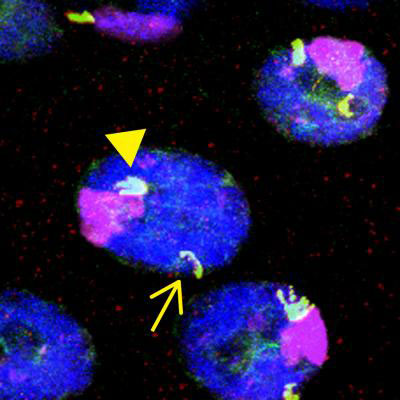 Research conducted in fruit flies at the University of North Carolina School of Medicine has pinpointed a specific DNA sequence that both triggers the formation of the "histone locus body" and turns on all the histone genes in the entire block.
Research conducted in fruit flies at the University of North Carolina School of Medicine has pinpointed a specific DNA sequence that both triggers the formation of the "histone locus body" and turns on all the histone genes in the entire block.
Mar 24th, 2013
Read more
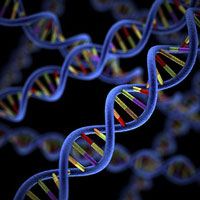 Research results demonstrate that DNA sequences can be transcribed into a molecule known as TNA and reverse transcribed back into DNA, with the aid of commercially available enzymes.
Research results demonstrate that DNA sequences can be transcribed into a molecule known as TNA and reverse transcribed back into DNA, with the aid of commercially available enzymes.
Mar 22nd, 2013
Read more
 Crucial assumptions underlying multi-toxin crops don't always apply, a University of Arizona study shows. The results help explain why one major pest is evolving resistance faster than predicted and offer ideas for more sustainable pest control.
Crucial assumptions underlying multi-toxin crops don't always apply, a University of Arizona study shows. The results help explain why one major pest is evolving resistance faster than predicted and offer ideas for more sustainable pest control.
 Subscribe to our Biotechnology News feed
Subscribe to our Biotechnology News feed






